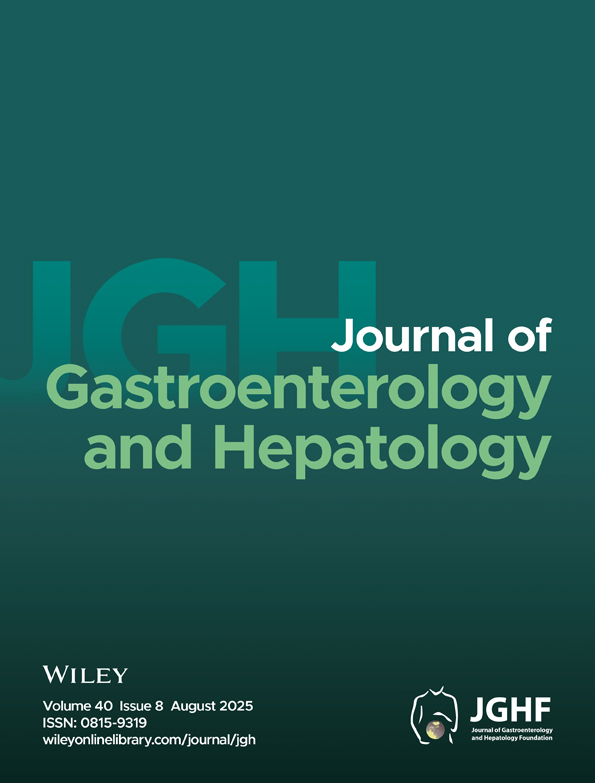Decreasing hepatitis D virus infection in Taiwan: An analysis of contributory factors
ABSTRACT
Superinfection of hepatitis D virus (HDV) among hepatitis B virus (HBV) carriers is mainly through heterosexual contact in Taiwan. This study investigated the change of HDV endemicity and its associated contributory factors. Seventy-seven patients with acute HDV superinfection among 527 consecutive exacerbating hepatitis B surface antigen (HBsAg) carriers were identified over the past 12 years. The prevalence decreased significantly by each 3-year period from June 1983 to May 1995 (23.7, 15.5, 13.1 and 4.2%, respectively, P < 0.001). This trend was more significant in the hepatitis B e antigen (HBeAg)-negative group (P < 0.001) than in the HBeAg-positive group (P=0.073). Subjects with a history of paid sex and prostitutes were also recruited for analysis both in 1989 and 1996. Although not statistically significant, there was a trend showing a decrease in the prevalence of serum antibody against HDV (anti-HDV) in each risk group: it was lower in 1996 among HBsAg-positive brothel-goers (10.3 vs 6.9%), licensed prostitutes (54.5 vs 50%) and unlicensed prostitutes (36.1 vs 30.8%). Accumulation of anti-HDV-positive subjects in risk groups may mask the actual decrease of new HDV-infected cases. The prevalence of the HBsAg carrier rate among all prostitutes has significantly decreased (18.3 vs 12.2%, P=0.015). The efficacy of each preventive strategy was examined and mapped with the trend. It was concluded that active preventive measures directed against promiscuity and sexually transmitted disease and the promotion of disposable needles may have contributed to the decrease in HDV endemicity.




